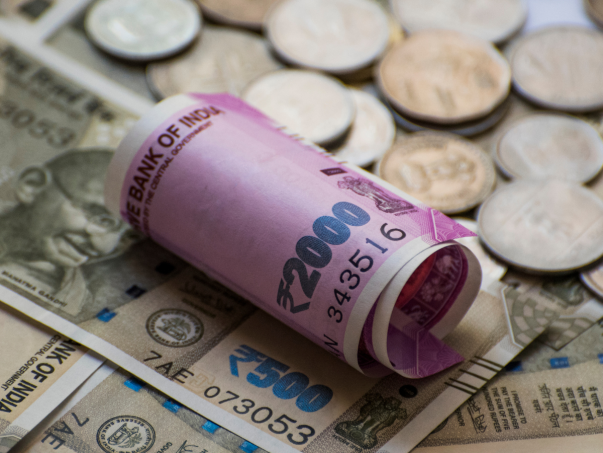Rupee-Rouble Trade Scheme

Disclaimer: Copyright infringement not intended.
Context
- The Centre is in the process of working out a rupee-rouble arrangement with Russia to allow trade between the countries to continue, even after sanctions by the EU and the US have restricted the access of Russian banks to international payment systems.
What is the rupee-ruble trade?
- It is a payment mechanism between India and Russia to settle trade payments in rupees and rubles, instead of dollars and euros.
- Goods imported to India will be paid for in rupees and goods imported by Russia will be paid for in rubles.
- This is being done to reduce dependence on the dollar and makes the countries less vulnerable to US sanctions.
- The rupee-ruble trade agreement was conceived decades ago in 1953.
Mechanics
- A Russian bank will have to open an account in India and an Indian bank will need to open an account in Russia, to collect and make the payments in the respective countries.
- For example, an Indian exporter will be paid in rupees from the Russian bank’s account in India.
Why was this set up?
- This was an arrangement that was designed decades ago. In fact, it was done in 1953, when the Indo-Soviet Trade Agreement was signed.
- This didn’t go so well in the long run because Russia didn’t need as many things from India as India did from the other.
- So Russia ended up with a lot of rupee reserves. Therefore this system slowly withered away by the mid -nineties.
Will the dollar be completely done away with then?
- To keep the dollar out of the equation, we would need a direct rupee-ruble conversion rate, which is currently not available.
- Global currencies are pegged to the dollar. So to arrive at a conversion rate, we need to convert rupee to dollar and ruble to dollar, to reach at the rupee-ruble exchange rate.
- If we are to arrive at a rupee-ruble direct exchange rate, then the governments and the central banks of both countries have to agree on the rates.
Has it been attempted before?
- India has attempted the rupee-rouble payment mechanism with Russia on a very small scale earlier for a few items like tea.
- But it has happened in normal times and never on a large commercial scale.
- A rupee-rial payment mechanism, however, had successfully worked in India’s trade with Iran when economic sanctions were imposed on the country by a number of Western nations in 2012.
- India successfully used the mechanism for partly paying for its oil purchase from Iran.
- This worked well for several years till the Trump regime placed product-specific sanction on oil trade with Iran and India stopped its purchases from the country.
How critical is the rupee-rouble mechanism for India?
- It is important for India to have an alternative payment mechanism in place with Russia as the US, the EU and the UK have blocked at least seven Russian banks from accessing the Society for Worldwide Interbank Financial Telecommunication (SWIFT). SWIFT is a global secure interbank system that communicates payment instructions and enables transactions between banks from all the countries around the world.
- An estimated $500 million is pending for goods already shipped by Indian exporters and it is now not possible to get the payment through the regular SWIFT channel.
- Since transaction with Russia cannot be carried out in international currencies such as the dollar or the euro, a rupee payment mechanism could play a pivotal role in deciding whether Indian exporters will get their payments and if trading can be continued with Russia.
Read about SWIFT in details here: https://www.iasgyan.in/daily-current-affairs/swift
Will the high volatility of rouble now make such a facility unattractive?
- The fluctuation in the value of rouble could make it difficult to implement the rupee-rouble payment mechanism.
- Firstly, it will be difficult to decide a fair exchange rate between the rupee and the rouble.
- Moreover, if the value of the rouble continues falling sharply, then trading may not happen as the rouble in the Indian bank’s Russian account will lose value.
- This is a risk that India will have to take if it decides to go ahead and put a rupee payment mechanism in place.
Need for an alternative of SWIFT
- India, Russia and China are exploring an alternative to the US-dominated SWIFT (Society for Worldwide Interbank Financial Telecommunication) payment mechanism in a bid to smoothen trade with countries facing American sanctions.
- Russia’s financial messaging system SPFS will be linked with the Chinese cross-border interbank payment system CIPS.
- While India still does not have a domestic financial messaging system, it plans to link the Central Bank of Russia’s platform with a service that is under development.
- The new system is expected to work as a “gateway” model when messages on payments are transcoded in accordance with a certain financial system.



1.png)
